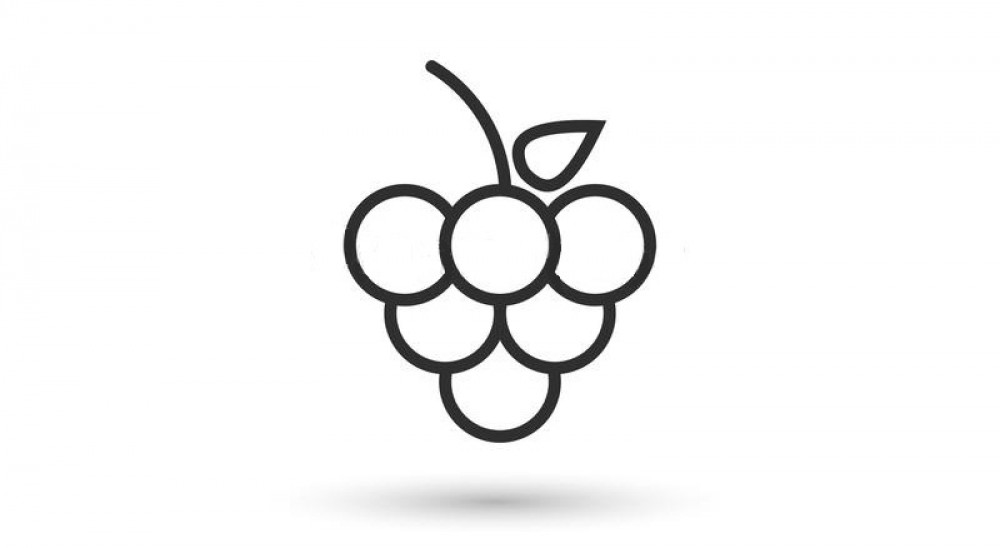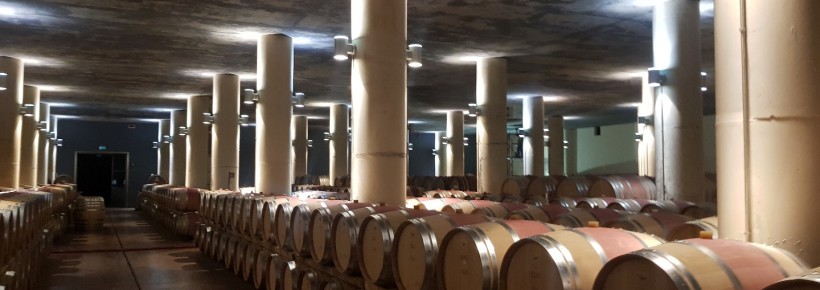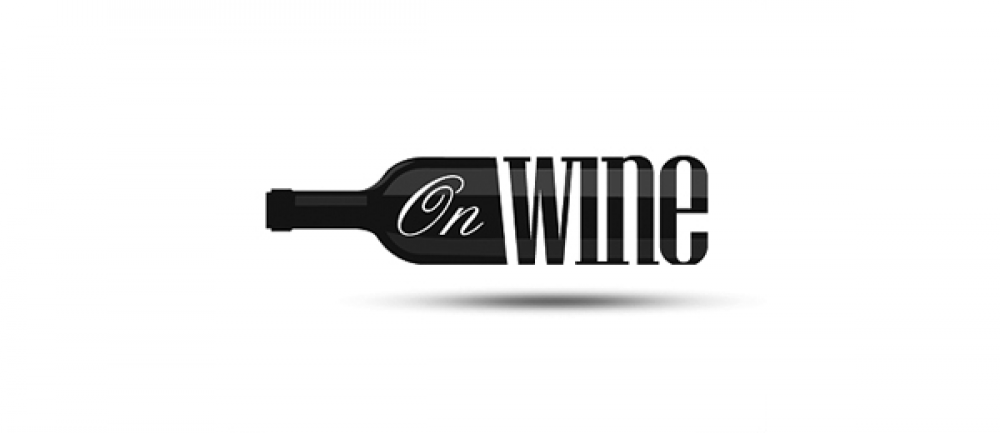Dear Member
Once again thank you for all the wine conversations we have had since the last Newsletter.
I hope that if you downloaded the Vivino app, you find it handy and are using it in a way that works for you.
Hopefully Boris’s plan works and we are not far from being back at the Club welcoming all of you once again. I for one cannot wait and I am pretty sure I can speak for the rest of the team as well. In the meantime, we’re all hoping we still fit into our suits and uniforms! :)
Regarding wine I hope you have now some newfound confidence and have more or less found out what you like. When I started learning about wine (trust me, it never stops) for me the next logical step was to go deeper into the different wine regions you like.
Most of us will know wine regions like Bordeaux and Burgundy in France or Tuscany in Italy and Marlborough in New Zealand. However, not everybody realises that all these regions can have a lot of sub-regions which can produce very different styles of wine.
Not only can the grape varieties in these sub-regions differ but also the wine making techniques and laws regarding their production.

I’m sorry to say for anyone reading this with French connections, is that the country that confuses us with the most regions and sub-regions is France. Master this and the rest will seem easy. If you take for example Burgundy, you will find that that region has 5 major sub-regions which are broken down further into a total of 84 different A.O.C.’s (Appellation d’Origine Controlee).
A.O.C’s are a certification that guarantees not only where in which sub-region the wine is from, but also its quality and produced in accordance with the specific rules of that A.O.C., etc.
In Burgundy, these A.O.C.’s are at times broken down even further into the different villages and even the different vineyards. Leaving a very confusing but very interesting maze of hundreds of different wines, some produced only metres apart, tasting completely different. Burgundy’s’ grape varieties you’ll be relieved to know, are fairly simple….by far most white wine is made from Chardonnay and most reds are made from Pinot Noir.
If you were hoping that elsewhere in France it might be easier, I must disappoint you…. for example, Bordeaux only has 38 sub-regions with 57 different appellations……
The more you delve into different regions and sub-regions it will always be a little confusing but if you really like a certain grape variety and/or region it is worth it. The differences between wines that are essentially direct neighbours can be amazing.
I personally love Sangiovese as mentioned in my first newsletter. This is mainly grown in Tuscany, but the wines the grape produces are very different depending on where it is produced in Tuscany. For example, I like wines from Chianti but love a Brunello di Montalcino. They are both made in Tuscany roughly 60km from each other, both are Sangiovese. But due to the differences in soil, micro-climate and wine making techniques the wines you pour in your glass are so different, which is one of the things I really love about wine.
Now for a tasting tip. As spring is around the corner, I thought giving a rose a try would not be a bad idea and I was not wrong. Currently on sale at Sainsbury’s for £10 (normally it is £13) you can buy Baron Gassier, Cuvee Elegance 2019 which is I must admit is a fantastic rose from the Cotes de Provence, France. This blend of Syrah and Grenache is dry, refreshing and brings to mind ripe red fruits like cherry, strawberry and raspberries.

Even at £10 it might not be the cheapest but in my humble opinion it is absolutely worth it. I will be buying more!
I hope some of you have found this interesting and do feel free to email me at fandbmanager@thefarmersclub.com if you have any questions or queries.
Cheers!
Jelle

Once again thank you for all the wine conversations we have had since the last Newsletter.
I hope that if you downloaded the Vivino app, you find it handy and are using it in a way that works for you.
Hopefully Boris’s plan works and we are not far from being back at the Club welcoming all of you once again. I for one cannot wait and I am pretty sure I can speak for the rest of the team as well. In the meantime, we’re all hoping we still fit into our suits and uniforms! :)
Regarding wine I hope you have now some newfound confidence and have more or less found out what you like. When I started learning about wine (trust me, it never stops) for me the next logical step was to go deeper into the different wine regions you like.
Most of us will know wine regions like Bordeaux and Burgundy in France or Tuscany in Italy and Marlborough in New Zealand. However, not everybody realises that all these regions can have a lot of sub-regions which can produce very different styles of wine.
Not only can the grape varieties in these sub-regions differ but also the wine making techniques and laws regarding their production.

I’m sorry to say for anyone reading this with French connections, is that the country that confuses us with the most regions and sub-regions is France. Master this and the rest will seem easy. If you take for example Burgundy, you will find that that region has 5 major sub-regions which are broken down further into a total of 84 different A.O.C.’s (Appellation d’Origine Controlee).
A.O.C’s are a certification that guarantees not only where in which sub-region the wine is from, but also its quality and produced in accordance with the specific rules of that A.O.C., etc.
In Burgundy, these A.O.C.’s are at times broken down even further into the different villages and even the different vineyards. Leaving a very confusing but very interesting maze of hundreds of different wines, some produced only metres apart, tasting completely different. Burgundy’s’ grape varieties you’ll be relieved to know, are fairly simple….by far most white wine is made from Chardonnay and most reds are made from Pinot Noir.
If you were hoping that elsewhere in France it might be easier, I must disappoint you…. for example, Bordeaux only has 38 sub-regions with 57 different appellations……
The more you delve into different regions and sub-regions it will always be a little confusing but if you really like a certain grape variety and/or region it is worth it. The differences between wines that are essentially direct neighbours can be amazing.
I personally love Sangiovese as mentioned in my first newsletter. This is mainly grown in Tuscany, but the wines the grape produces are very different depending on where it is produced in Tuscany. For example, I like wines from Chianti but love a Brunello di Montalcino. They are both made in Tuscany roughly 60km from each other, both are Sangiovese. But due to the differences in soil, micro-climate and wine making techniques the wines you pour in your glass are so different, which is one of the things I really love about wine.
Now for a tasting tip. As spring is around the corner, I thought giving a rose a try would not be a bad idea and I was not wrong. Currently on sale at Sainsbury’s for £10 (normally it is £13) you can buy Baron Gassier, Cuvee Elegance 2019 which is I must admit is a fantastic rose from the Cotes de Provence, France. This blend of Syrah and Grenache is dry, refreshing and brings to mind ripe red fruits like cherry, strawberry and raspberries.

Even at £10 it might not be the cheapest but in my humble opinion it is absolutely worth it. I will be buying more!
I hope some of you have found this interesting and do feel free to email me at fandbmanager@thefarmersclub.com if you have any questions or queries.
Cheers!
Jelle



